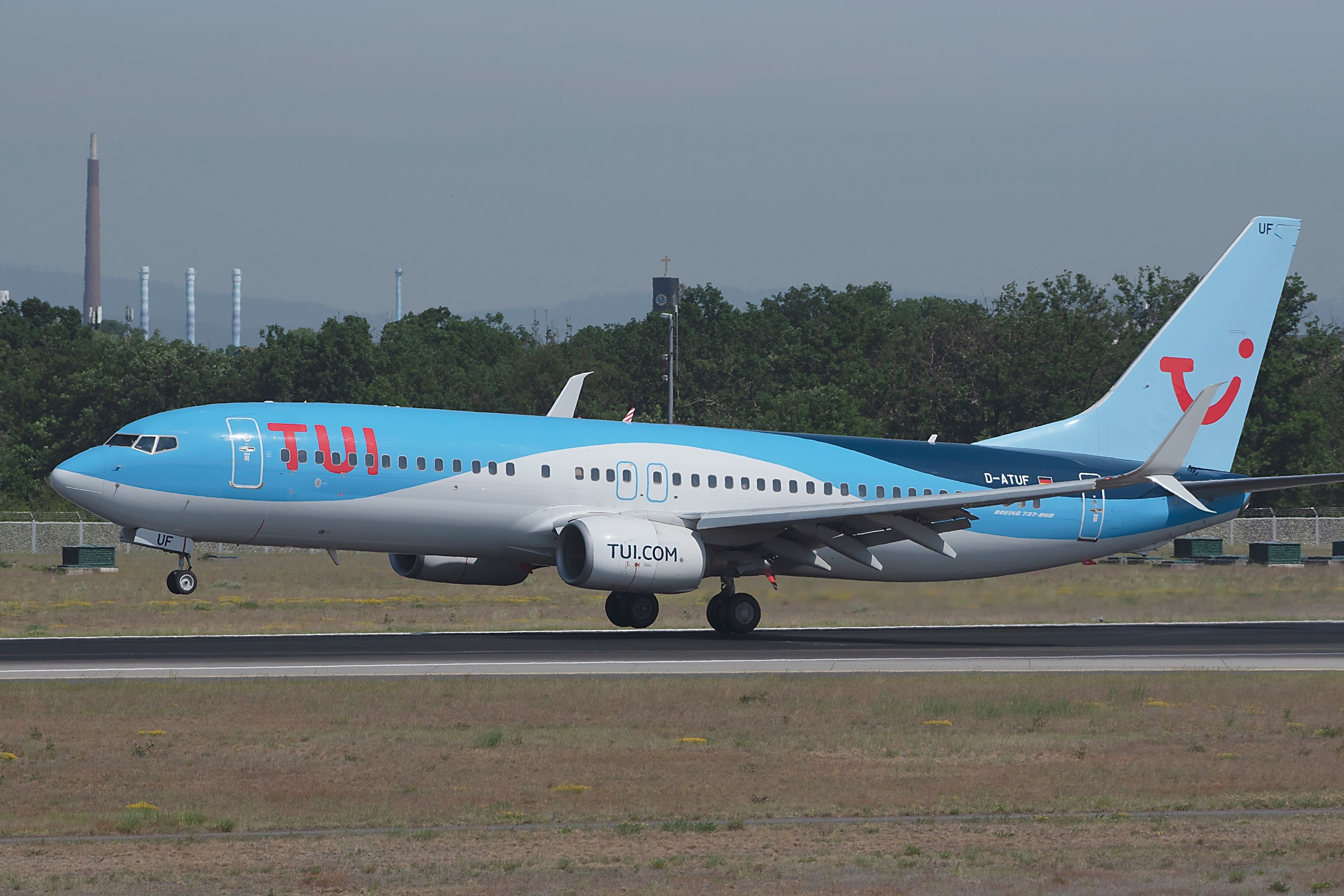Summary
- The FAA plans to close the regulatory loophole that allows non-ATP commercial pilots to fly passenger flights.
- Charter flights are not part of an airline's published schedule and cannot be advertised with specific schedules and times.
- The FAA believes that some operators have to transit from Part 135 to Part 121 after the regulatory amendment.
The Federal Aviation Administration (FAA) intends to terminate the regulatory charter loophole that allows non-ATP commercial pilots to fly passenger flights. As described in the General Operating and Flight Rules (14 CFR Part 380), the rule allows Part 135 charter flights to conduct scheduled flights and take advance bookings if the type of aircraft used has no more than 30 passenger seats. The rule is sometimes misused by airlines that serve smaller markets having contracts with charter companies to offer scheduled services.
Charter services
Commercial air services include both scheduled and non-scheduled services. Charter services include on-demand operations, including air taxis, business services, and others. According to Part 380 of public charters,
A charter flight is a flight operated under the terms of a charter contract between a direct air carrier and its customer. It does not include scheduled air transportation, scheduled foreign air transportation, or nonscheduled cargo air transportation, sold on an individually ticketed or individually waybilled basis.
The United States Department of Transportation (DOT) defines charter flights as ones that are not part of an airline’s published schedule. The flights must not be pubically advertised with the specific schedules and times, as conventional commercial services.
FAA’s intention to close the loophole
In order to tap into smaller markets, some airlines establish contracts with private charter companies for their scheduled operations. Part 135 rule prevents an operator from selling single seats on charter flights because all flights must be on-demand. Pilots who fly Part 135 need a commercial ticket with a minimum of 250 flight hours rather than the ATP and 1,500 required for Part 121 (regularly scheduled) airline operations.
The FAA has been noticing a significant growth in such operations and intends to curtail the practice. The agency aims to take this step out of safety concerns for operators and passengers. The FAA’s Notice of Intent reads,
Specifically, the size, scope, frequency, and complexity of charter operations conducted as ‘on-demand’ operations under the part 135 operating rules has grown significantly over the past 10 years. While the FAA has adjusted its oversight of these increased operations, the FAA is considering whether a regulatory change may be appropriate to ensure the management of the level of safety necessary for those operations.
The FAA believes that the service providers that operate under Part 135 may have to change their operations to Part 121 if they intend to run scheduled services as conventional airlines. The FAA Notice of Intent further reads,
Were FAA to amend its regulatory framework, some operators conducting public charter operations would need to transition from operating under part 135 to part 121.
Interested in the latest news? Check out our complete news section here.
The FAA is proposing new rules to restrict operators from such business practices. The rules defined in the CFR code should be followed in the way they are described without circumventing the procedures. While the proposal has not been in the Federal Register yet, when it does, the agency is willing to accept comments on the new proposal.
What are your thoughts on the FAA's intention to close the charter services loophole? Tell us in the comments section.
Source: AVweb



